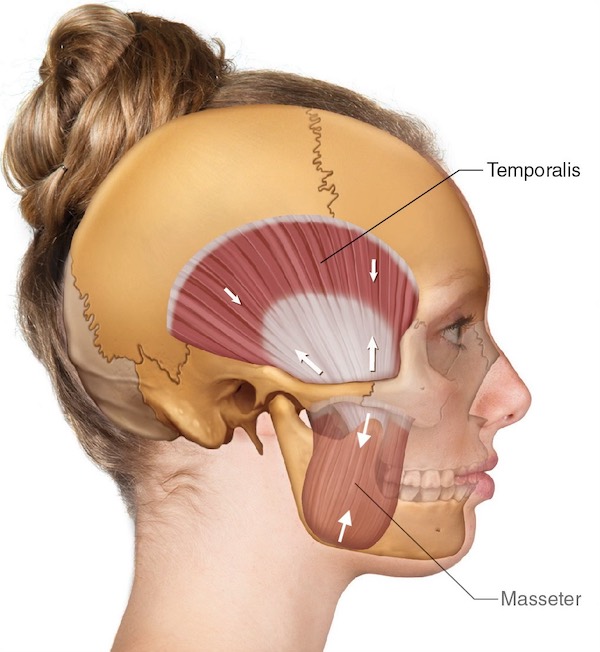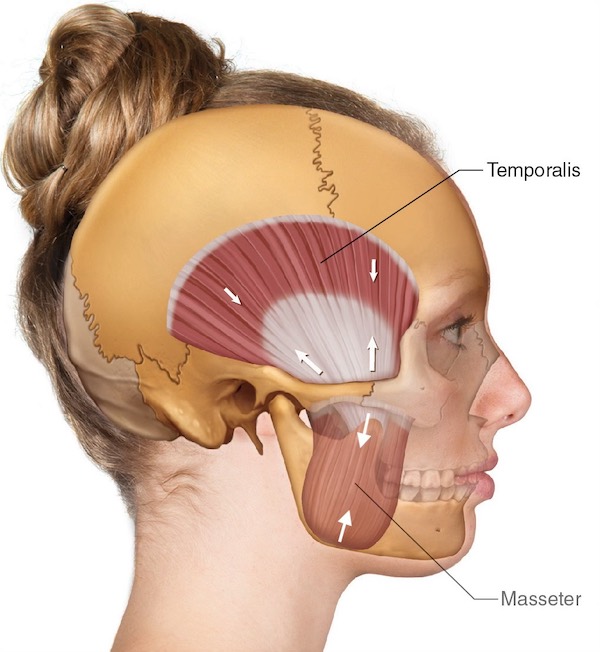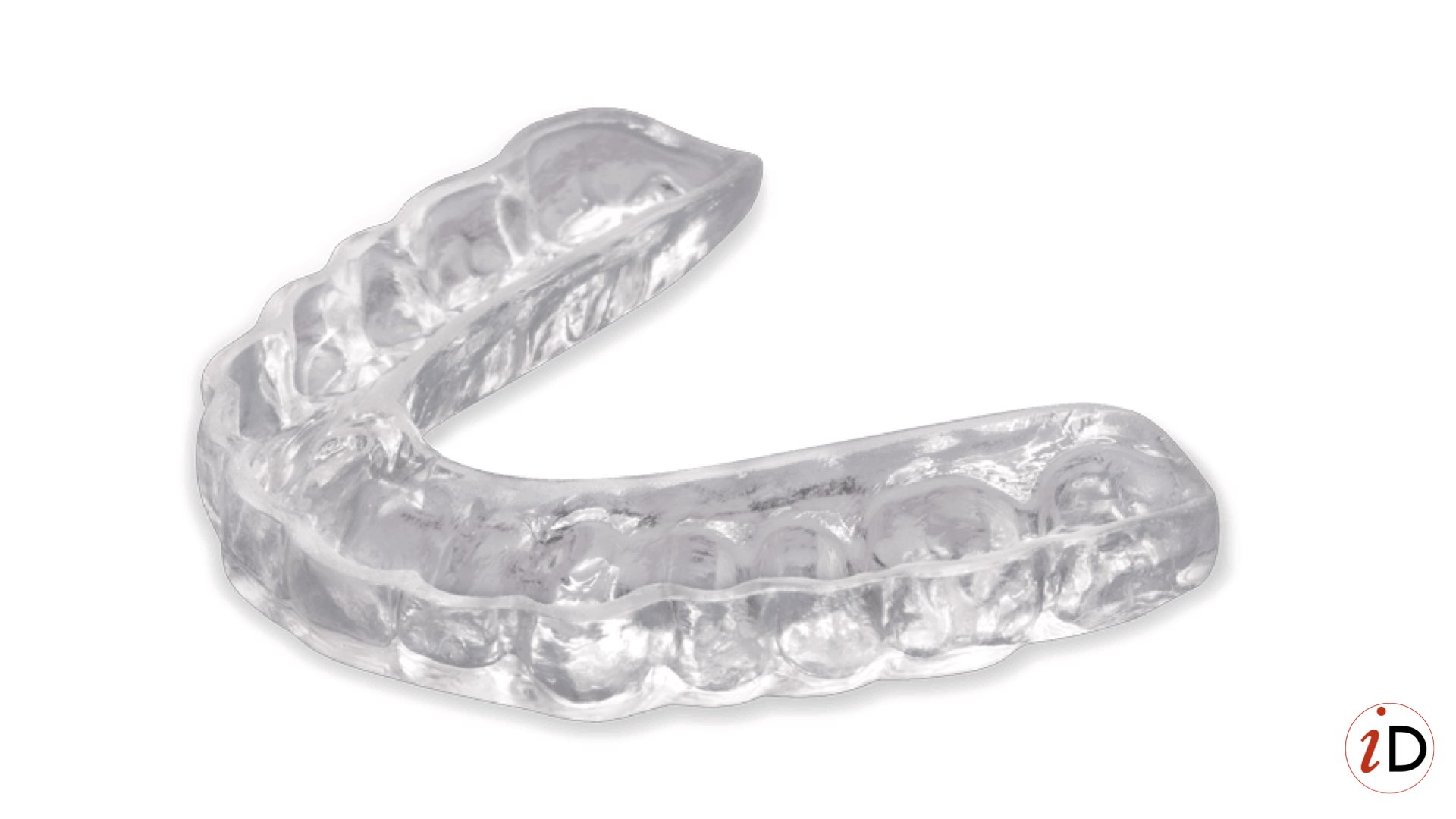
Grinding | Clenching
Cosmetic, Dental & Hygiene
Improve | Brighten | Maintain | Smile
COSMETIC & GENERAL DENTISTRY | BALWYN NORTH

Grinding, Clenching
Cosmetic, Dental & Hygiene
Improve | Brighten | Maintain | Smile
BEAUTIFUL DENTAL CARE | BALWYN
Treating dental grinding
Grinding options | At a glance
Multiple
Worn every night
Active full time, for approx 3 months
6 visits over time
Top Questions
What causes jaw pain?
What are the benefits of medical treatments for grinding?
What is an occlusal splint?
How do I decide what grinding treatment is best for me?
TMJ disorder overview
TMJ Disorder or TMD is caused by the improper function of the temporomandibular joint.
The jaw joint is a ball and socket joint, with a ligament disc between the two parts of the joint. When the joint is not working properly, the disc may be swollen in some areas, and thinned out in others. This leads to non-smooth movement of the joint. Often this is heard as clicking. Long-term swelling can lead to improper, limited or painful movement of the jaw.
Assessment usually involves a full mouth X-ray to visualise the joint, measuring and recording the movement of the jaw, and other tests.
Grinding and jaw pain is often caused by many factors, and needs to be addressed as a team approach, usually involving our local physiotherapist.



What causes jaw pain?
When we clench or grind, the jaw joint itself is compressed, squashing all the soft tissues. This can lead to:
+ Tooth sensitivity, and damaged and worn teeth
+ Headaches and Migraines
+ Aching or stiffness in the jaw
+ Clicking or popping of your jaw
Once we have assessed your teeth and associated structures, we can treat you with a bite splint, and sometimes this is in conjunction with muscle relaxing injectables.
What is an occlusal splint?
Bite Splints
A bite splint is a hard, thin plate that fits over the upper teeth. It provides a smooth surface that is comfortable to bite on, so that the jaw joint is not under pressure from the tooth position. The joint and disc within it can settle down, relieving swelling, and allowing for normal movement to return. It is usually worn every night to protect the joints and muscles from night-time grinding.
Why a dental prescription for TMJ?
Have you tried a splint and found it difficult to tolerate? Or have you tried everything, but still need help with grinding?
Some patients do not want a splint or physiotherapy treatment, or they may not be suitable. Sometimes the best option for you after a consultation, is a prescription by Dr Giulia D'Anna. After undertaking a thorough consultation with you, discussing the best treatment options, both you and Dr D'Anna will devise a plan that suits your condition, budget and desired outcomes. This type of treatment can be advantageous as it targets the activity of the grinding muscles, so that other treatments may either not be required, or may be more beneficial. With all treatments, there are risks and these will be discussed when we determine the treatments best for you.
I have heard of face slimming. What is that?
Faces can look wider than expected for your body mass for a number of reasons. This can be due to large fat deposits in the face, large salivary glands or due to hyper-active grinding jaw muscles.
Many people have hypertrophic masseter muscles, either as part of their normal anatomy; or these muscles may be enlarged by excessive teeth grinding or clenching, known as bruxism.
With overuse from habitual teeth grinding, the masseter muscles become larger and over developed. Over time this alters the shape of the lower face, creating a square jaw line.
To determine the best treatment for you, we will undertake a cosmetic consultation with you. For some patients, this might include using an ultrasound to gain imaging of the layers of your face.
Whatever the treatment needed, this can only be determined with a cosmetic consultation with our cosmetic practitioner. The result of this cosmetic consultation may be a prescriptive approach to your treatment.
How does face slimming work?
Quite simply, when you clench or grind your teeth, you are overusing your strong biting muscles. They can become very thick and large, just like a body builder would experience from doing repeated exercise on one muscle group.
So some treatments can target the muscle activity, and then we reduce the overall capacity of the targeted muscle. This means that your muscles will rest and reduce in size.
What is the procedure for muscle reduction?
The first step is coming in for a consultation to assess your particular concerns and face shape. The options for treatment, including a splint and physiotherapy will be discussed with you.
For patients that require a prescription, we will take photos of you and then treat the targeted muscles precisely. Over the next three weeks, you will notice weakening and then slimming of the face muscles. In most patients, you will also notice a reduction in pain.
Dental Treatments
iDental | Balwyn
HOURS | Mon - Thurs 9-6 | Fri 9-1
FIND US | 3 BELMORE RD, BALWYN NORTH VIC 3104








